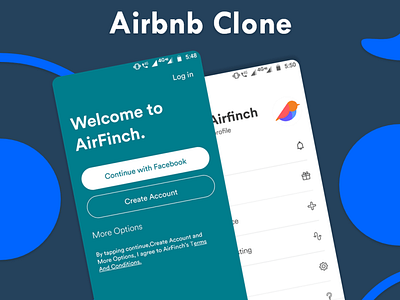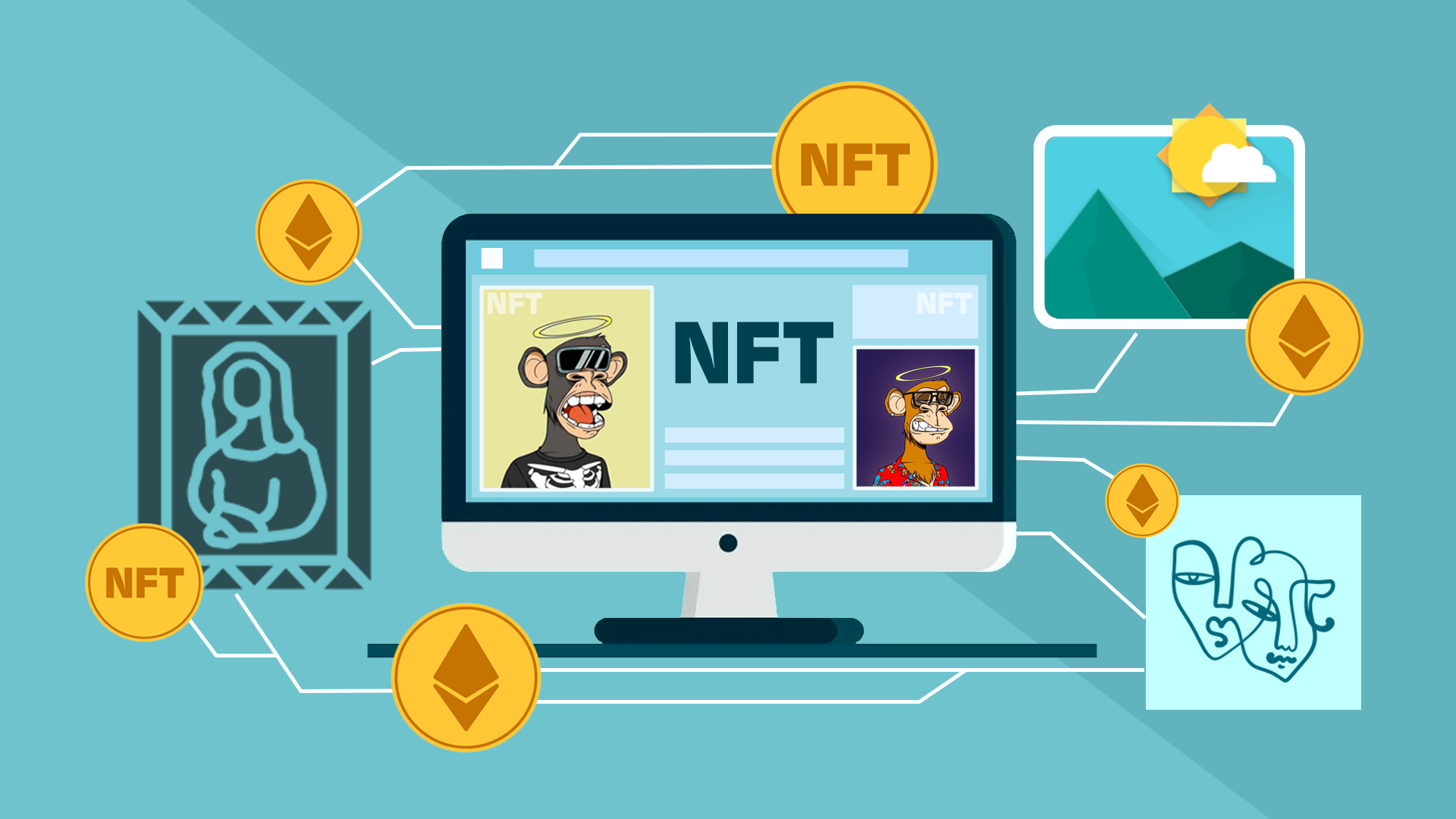The Difference Between Startup App Vs Small Scale Business: Understanding Two Distinct Paths to Success

In today's digital economy, the lines between startup apps and small-scale business applications often appear blurred, leading many entrepreneurs to confusion about which path best suits their goals and resources. While both involve creating mobile applications to serve customers and generate revenue, the fundamental differences in approach, objectives, and execution strategies make them distinct business models that require entirely different mindsets and methodologies.
Understanding these differences is crucial for entrepreneurs deciding how to structure their venture, allocate resources, and set realistic expectations for growth and success. The choice between building a startup app or developing a small-scale business application can determine everything from funding requirements to long-term sustainability, making this one of the most important strategic decisions in modern business development.
Fundamental Philosophy and Vision
The most significant difference between startup apps and small-scale business applications lies in their fundamental philosophy and long-term vision. Startup apps are built with the explicit goal of disrupting existing markets or creating entirely new ones. They aim to solve problems on a massive scale, often targeting global audiences and seeking to fundamentally change how people interact with technology or conduct specific activities.
Startup apps typically embody the "move fast and break things" mentality, prioritizing rapid growth, market capture, and scalability over immediate profitability. The vision extends far beyond the current product, often encompassing entire ecosystems or platforms that could evolve over time. Founders of startup apps think in terms of millions or billions of users, with business models designed to scale exponentially.
Small-scale business apps, conversely, focus on solving specific, localized problems for defined customer segments. They're built to serve existing market needs efficiently rather than revolutionizing entire industries. The philosophy centers on sustainable growth, steady revenue generation, and building lasting relationships with a smaller, more targeted customer base.
These applications prioritize stability and reliability over rapid expansion, with business models designed for consistent, predictable returns rather than exponential growth. The vision typically involves becoming a trusted solution within a specific niche or geographic area, building a sustainable business that can support its founders and employees over the long term.
Funding and Investment Strategies
The approach to funding represents another critical distinction between startup apps and small-scale business applications. Startup apps are designed to attract external investment from venture capitalists, angel investors, or crowdfunding platforms. The business model assumes that initial losses are acceptable in pursuit of rapid market capture and eventual massive returns.
Startup founders typically seek multiple rounds of funding, each designed to fuel the next phase of aggressive expansion. They're prepared to give up significant equity in exchange for the capital needed to scale quickly and capture market share before competitors can establish themselves. The funding strategy often involves burning through significant amounts of money in the early stages to achieve the growth metrics that will attract subsequent investment rounds.
Small-scale business apps usually rely on bootstrapping, small business loans, or modest personal investment. The funding strategy prioritizes maintaining control and ownership while building a sustainable revenue model from the beginning. Rather than seeking external investors, small-scale business owners focus on generating positive cash flow as quickly as possible and reinvesting profits back into gradual expansion.
This approach requires more conservative growth strategies but allows founders to maintain complete control over business decisions and retain all profits generated by the application. The focus shifts from attracting investors to attracting customers who will pay for the service immediately, creating a more stable but potentially slower growth trajectory.
Development Approach and Technical Considerations
The development methodology for startup apps versus small-scale business applications differs significantly in scope, complexity, and technical requirements. Startup apps typically require sophisticated architecture designed to handle massive scale from the beginning, even if the initial user base is small. This means investing in cloud infrastructure, scalable databases, and complex backend systems that can support millions of users without major restructuring.
Startup app development often involves cutting-edge technologies, experimental features, and innovative user interfaces designed to create a distinctive market presence. The technical team usually includes specialists in various areas, from machine learning engineers to DevOps experts, creating a more complex and expensive development process.
Companies specializing in startup app development, such as Appkodes, understand these unique requirements and can provide the technical expertise needed to build scalable, innovative solutions that can handle rapid growth while maintaining performance and reliability. Their experience with multiple startup projects allows them to anticipate technical challenges and implement solutions that support long-term scalability goals.
Small-scale business apps focus on proven technologies and straightforward implementations that prioritize reliability and cost-effectiveness over innovation. The development process emphasizes creating stable, functional applications using established frameworks and methodologies. The technical requirements are typically less complex, focusing on core functionality rather than advanced features or experimental capabilities.
This approach allows for faster development cycles, lower costs, and easier maintenance, which aligns with the conservative growth strategy typical of small-scale businesses. The technical team can be smaller and less specialized, reducing ongoing operational costs while still delivering effective solutions for the target market.
Market Strategy and Customer Acquisition
The market approach for startup apps involves aggressive customer acquisition strategies designed to achieve viral growth and rapid market penetration. Marketing budgets often represent a significant portion of overall funding, with campaigns designed to create buzz, attract media attention, and generate rapid user adoption.
Startup apps typically target broad market segments or attempt to create new market categories entirely. The customer acquisition strategy involves multiple channels, including social media marketing, influencer partnerships, paid advertising, and public relations campaigns designed to maximize visibility and user growth rates.
The metrics focus on user acquisition cost, lifetime value, retention rates, and growth velocity rather than immediate revenue generation. Success is measured by the ability to capture market share quickly and build a large user base that can be monetized later through various revenue streams.
Small-scale business apps employ more targeted marketing strategies focused on specific customer segments or geographic areas. The marketing budget is typically smaller and more focused on proven channels that generate direct returns on investment. Rather than seeking viral growth, these applications build customer bases through word-of-mouth referrals, local marketing, and relationship building.
The customer acquisition strategy emphasizes quality over quantity, focusing on attracting customers who will generate immediate revenue rather than users who might be monetized later. Success metrics include customer acquisition cost relative to immediate revenue, customer satisfaction scores, and retention rates within the target market segment.
Revenue Models and Monetization
Startup apps often employ complex revenue models that may not generate immediate profits but are designed to capture value from large user bases over time. Common models include freemium services, advertising revenue, subscription services, or marketplace commissions that require significant scale to become profitable.
The monetization strategy typically involves building a large user base first, then implementing various revenue streams once network effects and user engagement are established. This approach requires substantial upfront investment and patience, as profitability may be delayed for months or years while the user base grows.
Many startup apps experiment with multiple revenue models simultaneously, using data and user feedback to optimize monetization strategies over time. The focus is on maximizing lifetime customer value rather than immediate transaction revenue.
Small-scale business apps prioritize immediate revenue generation through straightforward monetization models. Common approaches include one-time purchase fees, subscription services, transaction fees, or service-based pricing that generates cash flow from the beginning.
The revenue model is typically simple and transparent, focusing on providing clear value in exchange for payment. Rather than experimenting with complex monetization strategies, small-scale business apps stick to proven models that generate consistent revenue streams and allow for predictable business planning.
Risk Tolerance and Failure Rates
The risk profile for startup apps is inherently high, with the majority of startups failing within the first few years. However, the potential rewards are correspondingly large, with successful startups potentially generating returns that dwarf traditional business investments. Founders and investors accept high failure rates in exchange for the possibility of exceptional returns.
The high-risk nature of startup apps requires founders who are comfortable with uncertainty, rapid change, and the possibility of complete failure. Decision-making processes prioritize speed and market opportunity over careful risk assessment, leading to both spectacular successes and dramatic failures.
Small-scale business apps operate with lower risk tolerance, prioritizing steady growth and sustainable business practices over high-risk, high-reward strategies. The failure rate is typically lower, but the potential returns are also more modest and predictable.
Founders of small-scale business apps tend to prefer gradual growth and careful risk management, making decisions based on proven business practices rather than experimental strategies. This approach leads to more sustainable businesses but potentially limits the scope of growth and market impact.
Long-term Sustainability and Exit Strategies
Startup apps are typically built with specific exit strategies in mind, whether through acquisition by larger companies, initial public offerings, or merger opportunities. The business is often designed to be attractive to potential acquirers or investors rather than operating as a long-term independent entity.
The sustainability model assumes that the startup will either achieve massive scale and become self-sustaining or be acquired by a larger entity that can provide the resources needed for continued growth. Long-term planning focuses on building value that can be monetized through exit opportunities rather than generating steady profits over time.
Small-scale business apps are built for long-term independent operation, with sustainability models based on consistent revenue generation and gradual growth. The goal is typically to build a business that can support its founders and employees over many years rather than creating exit opportunities.
These businesses often become family enterprises or closely-held companies that operate profitably for decades, providing steady income and employment rather than dramatic wealth creation events. The success metric is longevity and consistency rather than explosive growth or high-value exits.
Choosing the Right Path Forward
The decision between building a startup app or a small-scale business application should align with personal goals, risk tolerance, available resources, and market opportunities. Neither approach is inherently superior; they represent different strategies for building successful technology businesses in today's digital economy.
Entrepreneurs should carefully consider their long-term objectives, financial situation, and personal preferences before committing to either path. Understanding these fundamental differences ensures that expectations, strategies, and resource allocation align with the chosen business model, increasing the likelihood of success regardless of which approach is selected.
Note: IndiBlogHub features both user-submitted and editorial content. We do not verify third-party contributions. Read our Disclaimer and Privacy Policyfor details.







